Leopold Banchini is nothing if not internationally mobile. So how does this architect, whose Marramarra Shack has recently been turnings heads in Australia and around the world, build authentic connections to places as far apart as Sydney, Lisbon and Bahrain?

June 19th, 2023
Speaking to Swiss architect Leopold Banchini at a quiet café in Sydney’s inner west, you could be forgiven for forgetting that this emerging designer is not actually based here. His partner is from Sydney and Banchini previously lived there for over a year but what really showcases his connection to Australia is of course architecture.
Marramarra Shack is understated yet elegant, beautiful yet rustic, ambitious yet humble. Located amidst the creeks and inlets of the Hawkesbury to Sydney’s north, it is quintessentially of its place. With more than a hint of Glenn Murcutt — pinned steel footings maintain a lightness in touching the earth, for instance — this timber home could scarcely be anywhere else on the planet.
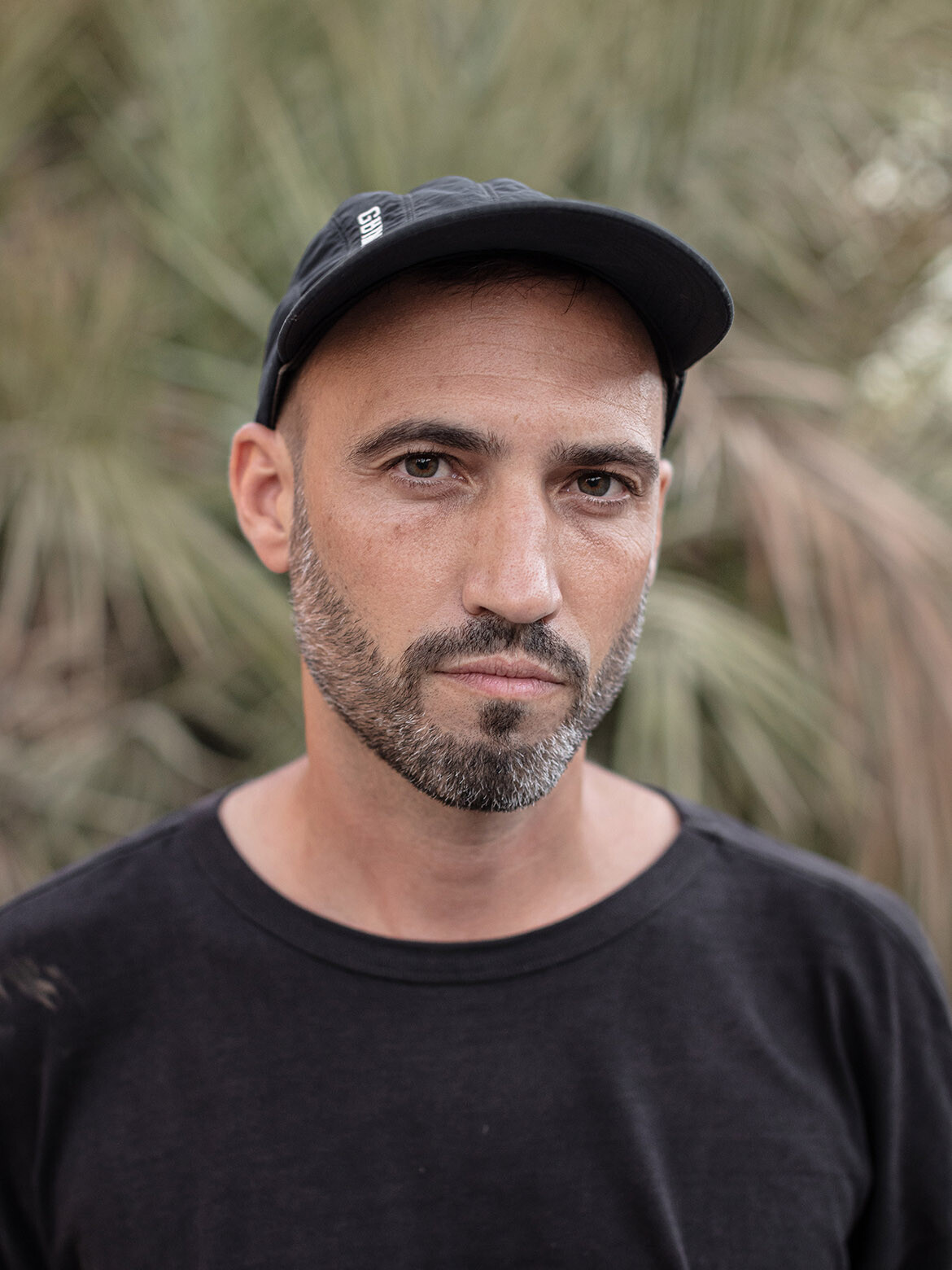
The timber for the project was in fact sourced from disused telegraph poles and even an old jetty, underlining some of the unique qualities of Australian materials. Materiality and the poetic dimensions of design, however, are only part of the experience for Banchini; each stage of a project is an opportunity to learn, from land acquisition to planning permission and all the economic shenanigans in between.

“When I moved to Australia, it was very important for me to have a project there. I was really fascinated by Australian architecture,” says Banchini. “I always loved to travel and architecture is a great way to do that — it’s like a universal language. I use it as a tool to discover places that I’m interested in.”
If architecture, at its best, is a response to the specificities of place, then it stands to reason that designing in different countries is a fine way to discover them. For Banchini, that means working on projects that bring together professional and personal life.
Related: A year in Bundanon with Kerstin Thompson Architects

Most importantly, it’s about an authentic personal connection to a location: “There is this idea of the ‘global nomad’ but I’m actually trying to do the exact opposite. When I go to a place, I like to live there and I think architecture is a great way to discover a new culture,” explains Banchini.
If Leopold Banchini Architects has a style, it is in the emphasis on each place’s uniqueness. Marramarra demanded local timber whereas buildings in Bahrain and Lisbon have used concrete, while an upcoming project in Marrakech will focus on rammed earth. It is a philosophy of design that champions the vernacular, all the while maintaining a focus on the future.

“I am consciously not interested in developing a personal style — I think architecture should be an answer to a specific site, climate, culture and economic landscape. For me, a project starts from a place,” says Banchini.
This genre-busting approach means that beautiful, meaningful design extends across the boundaries of residential and commercial architecture. What unifies Banchini’s work is an emphasis on place and a preference for small, even humble, projects that allow for experimentation as well as closer relations with craftspeople and builders.
Leopold Banchini Architects
leopoldbanchini.com
Photography
Rory Gardiner, Dylan Perrenoud

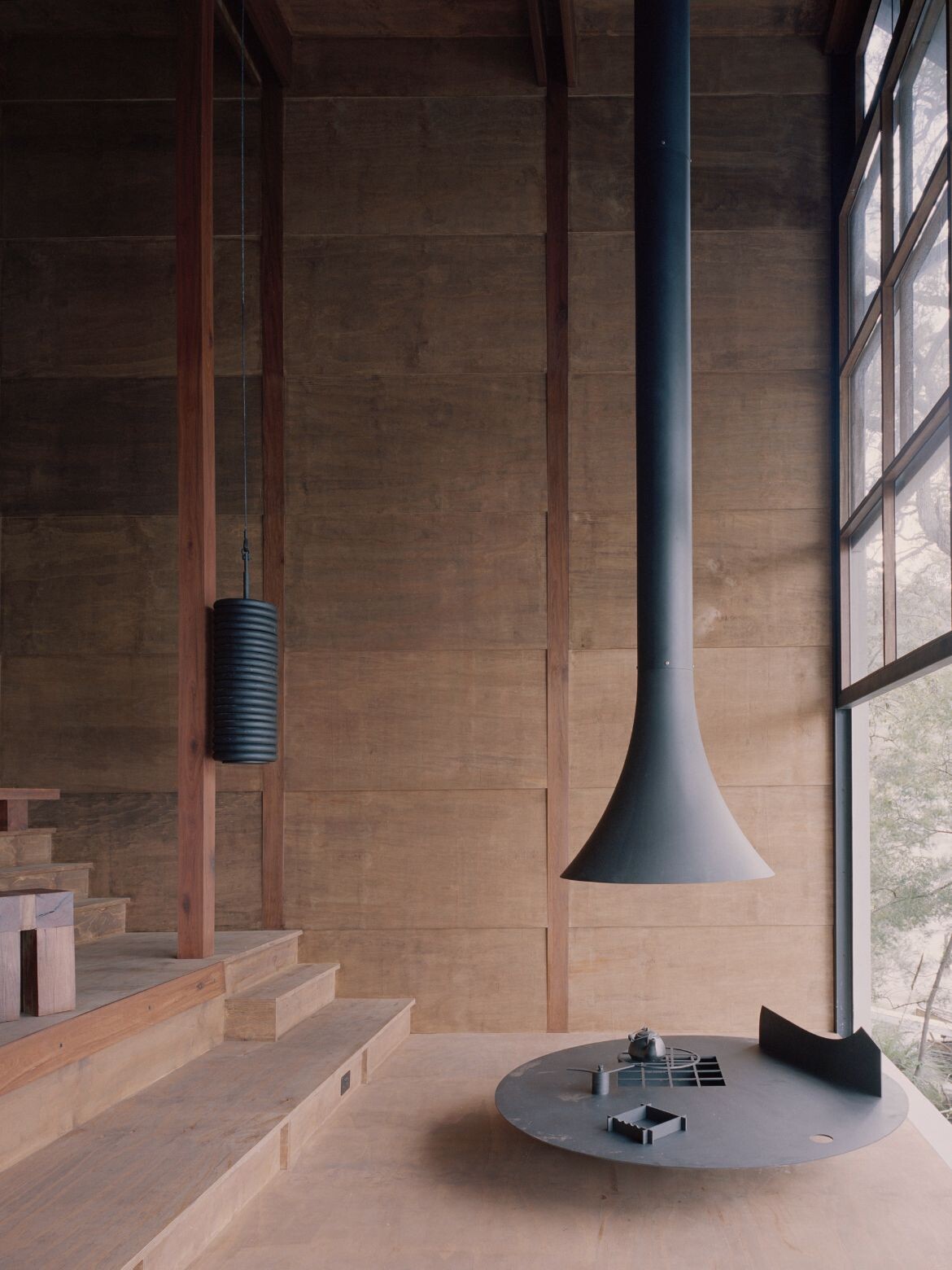

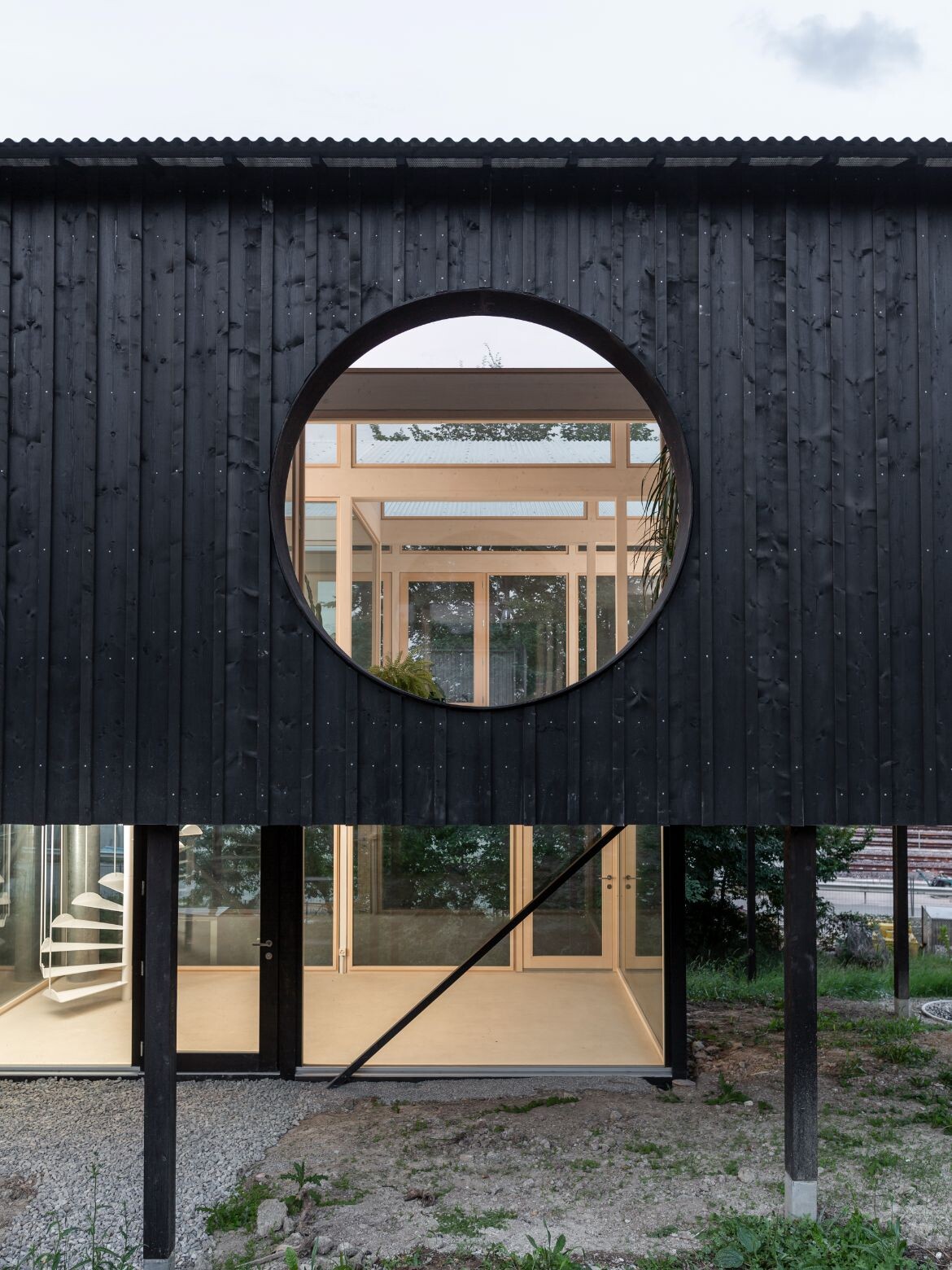

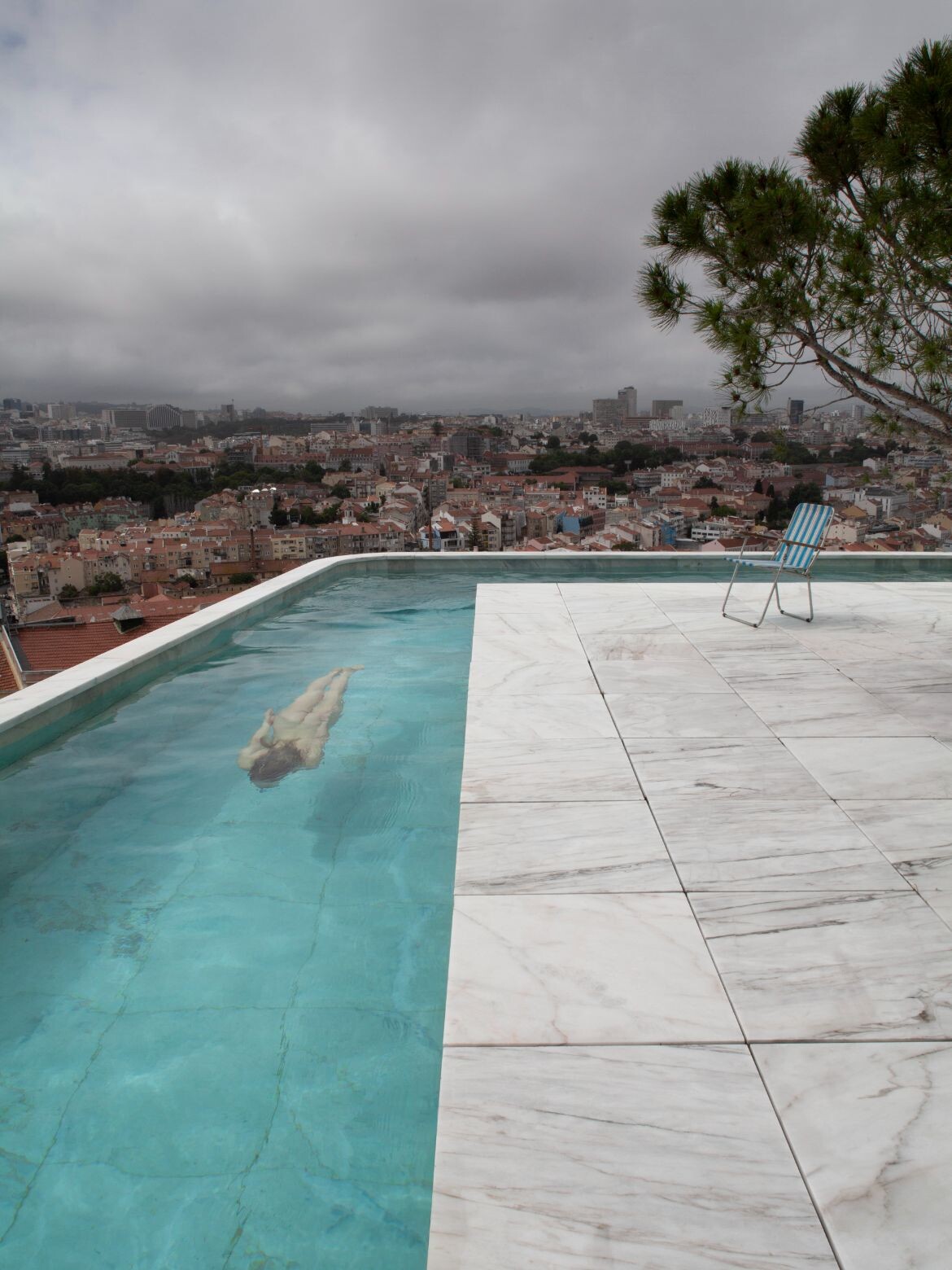
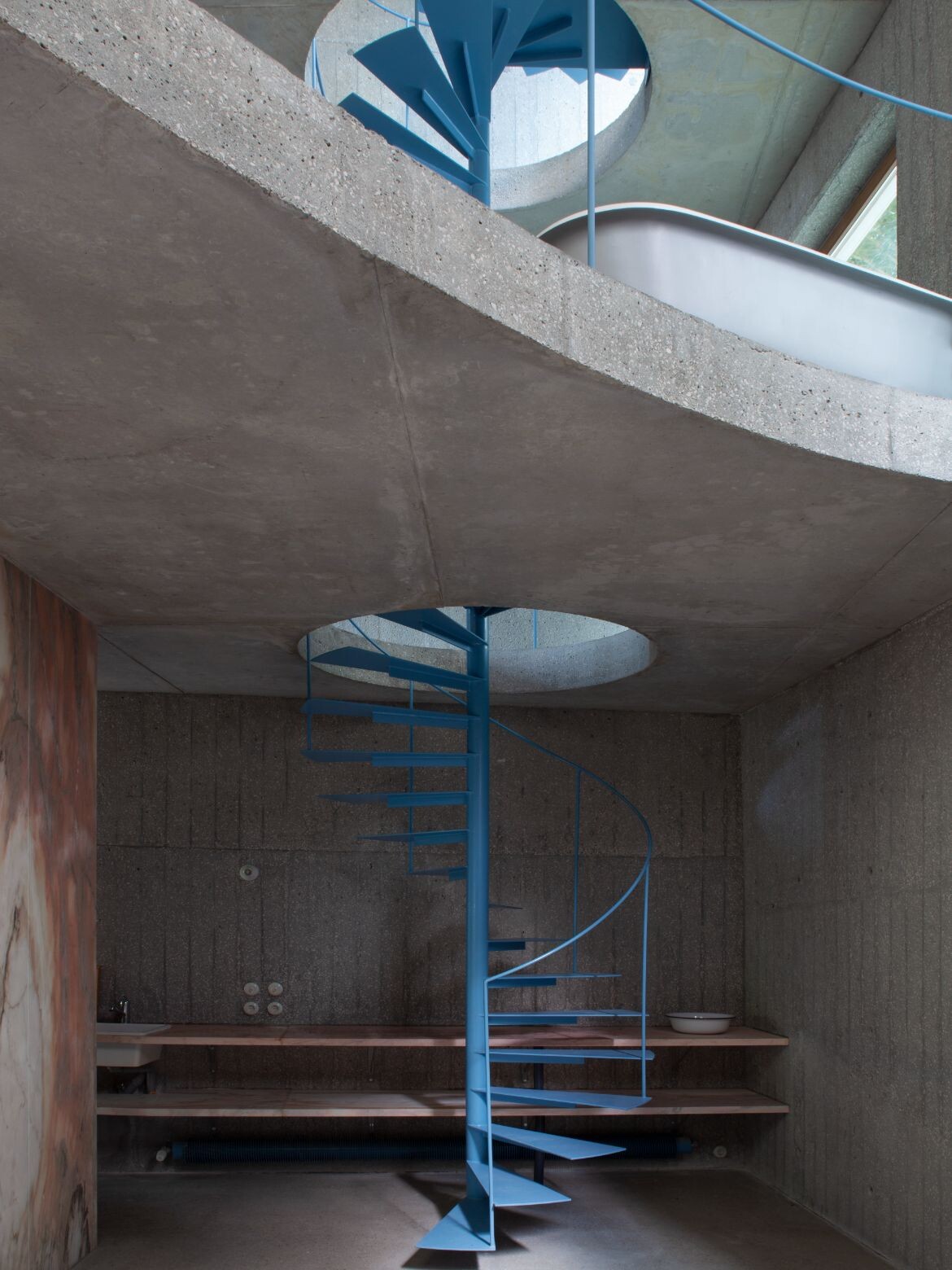
We think you might also like this story on Austin Maynard Architects.
INDESIGN is on instagram
Follow @indesignlive
A searchable and comprehensive guide for specifying leading products and their suppliers
Keep up to date with the latest and greatest from our industry BFF's!

Sydney’s newest design concept store, HOW WE LIVE, explores the overlap between home and workplace – with a Surry Hills pop-up from Friday 28th November.
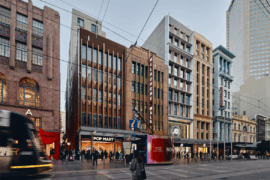
Merging two hotel identities in one landmark development, Hotel Indigo and Holiday Inn Little Collins capture the spirit of Melbourne through Buchan’s narrative-driven design – elevated by GROHE’s signature craftsmanship.

For a closer look behind the creative process, watch this video interview with Sebastian Nash, where he explores the making of King Living’s textile range – from fibre choices to design intent.
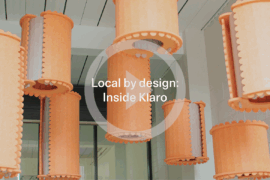
In an industry where design intent is often diluted by value management and procurement pressures, Klaro Industrial Design positions manufacturing as a creative ally – allowing commercial interior designers to deliver unique pieces aligned to the project’s original vision.

Jason Gibney, winner of the Editor’s Choice Award in 2025 Habitus House of the Year, reflects on how bathroom rituals might just be reshaping Australian design.
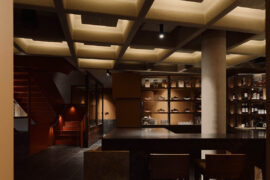
J.AR OFFICE’s Norté in Mermaid Beach wins Best Restaurant Design 2025 for its moody, modernist take on coastal dining.
The internet never sleeps! Here's the stuff you might have missed
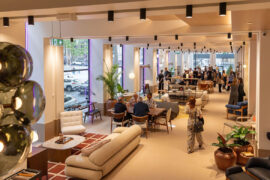
Stylecraft opens its new Collins Street showroom, unveiling curated design spaces and Ross Gardam’s Dwell collection.

From furniture and homewares to lighting, Dirk du Toit’s Melbourne-based studio Dutoit is built on local manufacturing, material restraint and the belief that longevity is central to sustainable design.